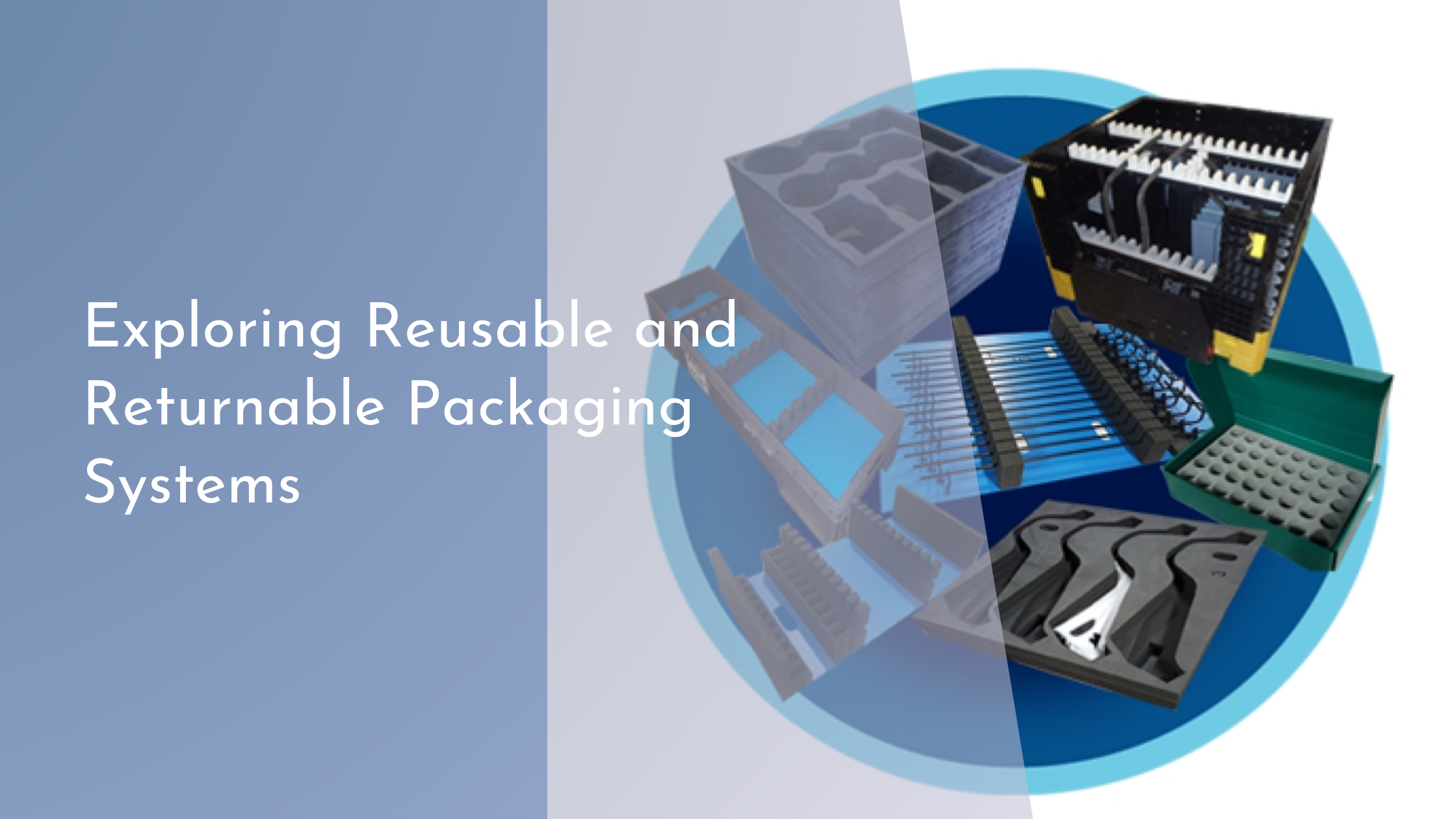Exploring Reusable and Returnable Packaging Systems
In an era where sustainability is no longer an option but a necessity, businesses and consumers alike are increasingly turning to reusable and returnable packaging systems. These innovative solutions promise not only to reduce waste but also to foster a circular economy, where resources are used more efficiently. As industries explore these sustainable alternatives, understanding their intricacies, benefits, challenges, and future potential becomes essential.
Understanding Reusable Packaging Systems
Reusable packaging systems are designed to be used multiple times before being recycled or discarded, offering a sustainable alternative to single-use packaging. These systems typically include containers, pallets, and crates made from durable materials like plastic, metal, or glass. They are engineered to withstand the rigors of repeated use in supply chains across industries such as food and beverage, pharmaceuticals, and electronics. The core objective of these systems is to minimize waste and resource use by maximizing the lifespan of packaging materials.
The concept of reusable packaging is rooted in the principles of the circular economy, where the aim is to keep products in use for as long as possible. By designing packaging that can be returned, sanitized, and reused, companies can significantly reduce their environmental impact. This approach not only helps conserve raw materials but also cuts down on carbon emissions from manufacturing and disposal processes. Additionally, these systems often incorporate smart technology to track and manage the lifecycle of packaging, ensuring efficient use and reducing the likelihood of loss.
Benefits of Returnable Packaging Solutions
Returnable packaging solutions offer a multitude of benefits that extend beyond environmental advantages. Economically, they can lead to substantial cost savings for businesses by reducing the need for constant repurchasing of packaging materials. Over time, the investment in durable, returnable packaging can pay for itself through decreased material and disposal costs. Moreover, these solutions can enhance supply chain efficiency by standardizing packaging, reducing handling times, and improving inventory management.
From a consumer perspective, returnable packaging can enhance brand loyalty and customer satisfaction. As shoppers become more eco-conscious, they are likely to favor brands that demonstrate a commitment to sustainability. By adopting returnable packaging, companies can appeal to this growing market segment, showcasing their dedication to reducing environmental impact. This not only strengthens brand reputation but also encourages a more sustainable consumer culture, where reusability becomes a norm rather than an exception.
Challenges in Implementing Sustainable Packaging
Despite the clear advantages, implementing reusable and returnable packaging systems is not without its challenges. One of the primary barriers is the upfront cost associated with transitioning from single-use to multi-use packaging. Businesses may face significant initial expenses related to the design, production, and logistics of reusable systems. Additionally, establishing an effective return logistics network can be complex, requiring coordination across multiple stakeholders and possibly involving reverse logistics solutions.
Another challenge lies in ensuring the cleanliness and safety of reusable packaging, especially in industries with strict hygiene standards like food and pharmaceuticals. Regular cleaning and maintenance protocols must be established to prevent contamination and ensure compliance with health regulations. Furthermore, consumer behavior can pose hurdles, as the success of returnable packaging often relies on customer participation in returning used packaging. Educating and incentivizing consumers to engage with these systems is crucial for their widespread adoption.
Future Trends in Reusable Packaging Technologies
The future of reusable packaging is poised to be shaped by technological advancements that enhance efficiency and user experience. Smart technologies, such as RFID and IoT-enabled tracking systems, are increasingly being integrated into packaging solutions to provide real-time data on location, usage, and condition. This allows for better inventory management, loss prevention, and optimization of the packaging lifecycle. Additionally, innovations in materials science are expected to lead to the development of even more durable, lightweight, and environmentally friendly packaging materials.
Another emerging trend is the rise of collaborative platforms that facilitate the sharing and reuse of packaging across different businesses. By leveraging shared economies, companies can reduce costs and resource use while benefiting from a broader network of reusable assets. These platforms can also help standardize packaging solutions, making it easier for businesses of all sizes to adopt sustainable practices. As these trends continue to evolve, they will play a crucial role in driving the widespread adoption of reusable packaging systems, paving the way for a more sustainable future.
The shift towards reusable and returnable packaging systems represents a significant step forward in the journey towards sustainable practices. By understanding the benefits, overcoming the challenges, and leveraging future trends, businesses can contribute to a more sustainable world while reaping economic and brand benefits. As we look to the future, the potential for these systems to revolutionize packaging across industries is vast, offering a brighter, greener horizon for all.



